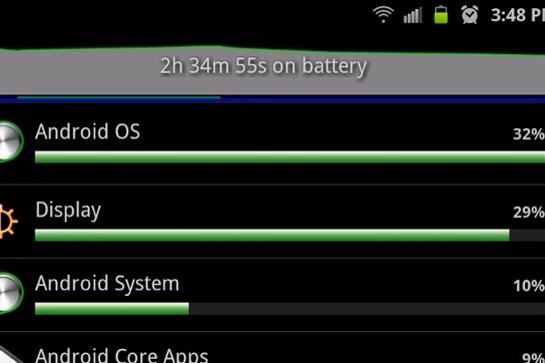My Samsung Galaxy S II had been great to me. It’s a thin, light phone with a gorgeous Super AMOLED Plus display and a dual-core processor that handles Android with ease. When people asked me if I’d ever return to an iPhone–my previous handset was an iPhone 3GS–my answer was a cheery “nope!”
That was until last week, when AT&T delivered an Android 2.3.6 update to the Galaxy S II that destroyed its battery life. Before the update, the phone could easily last through a day of moderate use. After the update, the phone would lose about 8 percent of its battery per hour in standby. Even if I rarely touched the phone during the day, it was dead by bedtime.
I’m telling this story not just to rant–although I’m grateful for that opportunity–but to point out a risk that Android users face: An update that’s supposed to deliver nothing but good things could carry unforeseen consequences. Another example of this popped up this week, with users of Asus’ Transformer Prime reporting lock-ups and graphical glitches after updating to Android Ice Cream Sandwich.
I wasn’t alone in my battery drain problem. Similar complaints have appeared in forums on AT&T’s website, XDA-Developers forums and Android Central (where some T-Mobile users are reporting the same issue), but other users said they weren’t having any issues. This is both the best and worst kind of Android bug, because it’s less likely to merit immediate attention from the phone maker and wireless carriers when it doesn’t affect everyone.

